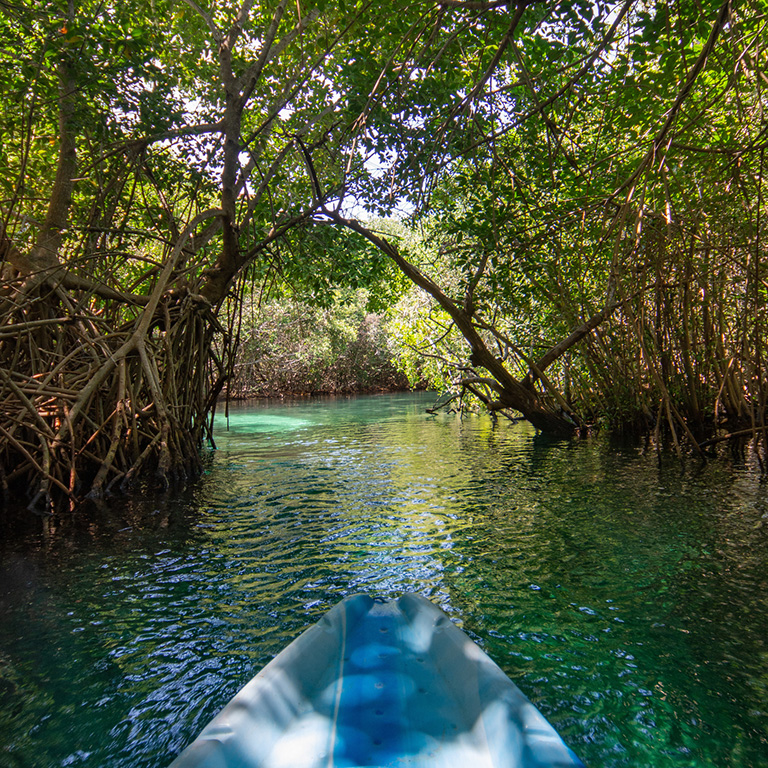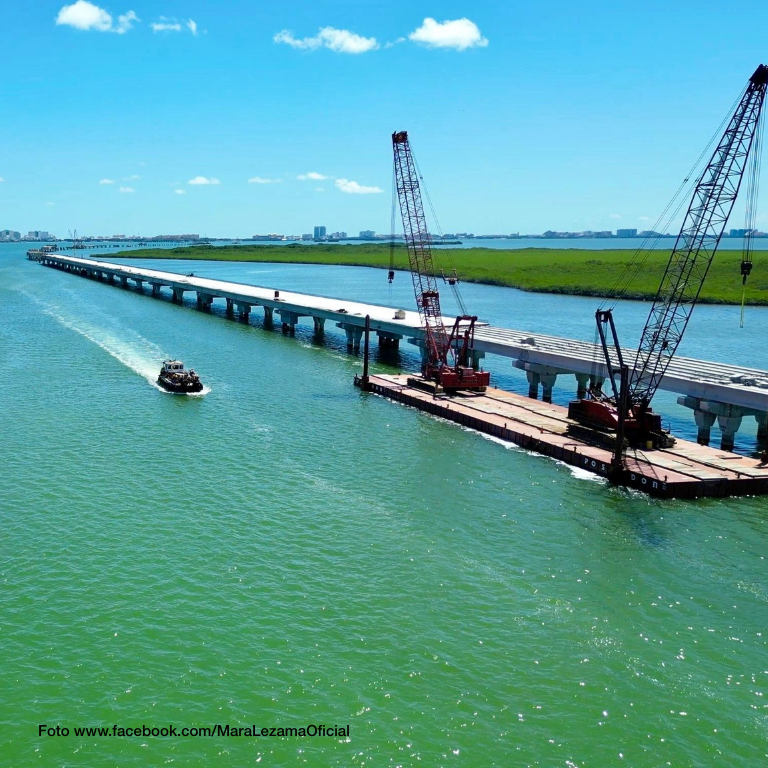
Every year on July 26, the International Day for the Conservation of the Mangrove Ecosystem is commemorated, declared in 2004 by the Latin American organization Redmanglar International (RMI) and later adopted by the United Nations Education, Science and Culture Organization (UNESCO) in 2015.
International Day for the Conservation of the Mangrove Ecosystem
This date, Micronesian environmental activist Hayhow Daniel Nanoto, died while participating in a protest against the installation of an illegal shrimp pond in a mangrove mangrove in Ecuador and is celebrated each year with the purpose of highlighting the importance of management and conservation of mangroves internationally.

The Mangrove is a Special Ecosystem
Mangroves are a bridge between land and sea, making them one of the most dynamic ecosystems that exist on Earth, with constant production and recycling of organic matter. Likewise, mangroves have different environmental functions depending on their location and structure. In Quintana Roo, for example, they provide a protected place for the reproduction and development of many marine species that inhabit the Mesoamerican reef; Its dense roots retain sediments, helping to filter the water before reaching the sea, giving it the clarity that characterizes it and that allows the coral to survive; They produce oxygen and capture carbon in large quantities.
Why is it an Important Day for Sunset World?
A few years ago, after the devastation of Hurricane Wilma, Sunset World rescued the mangrove forest of Tres Ríos Nature Park, which contains the 4 types of mangrove that exist in Mexico: red, white, black and buttonwood. After a successful mangrove reproduction and reforestation program, Tres Ríos Nature Park offers guided tours for members, guests and visitors, raising awareness of its importance. It has even donated mangrove seedlings to reforest affected areas in other parts of the state of Quintana Roo, constituting an example that the mangrove and tourism can coexist and prosper together and that, in fact, they are currently sustainably interdependent.






